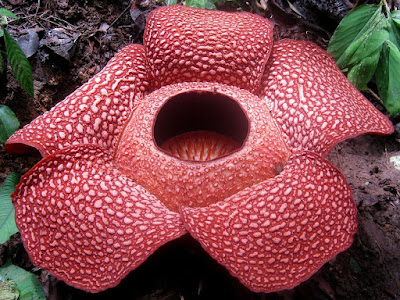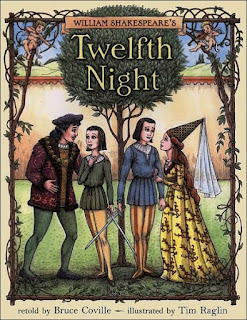Science is Fun Fridays!

Rafflesia has no stems, no leaves, and no roots, but is the largest flowering plant on Earth. Unlike most plants, it does not use energy from the Sun to make food through photosynthesis. Instead, as a parasite, it gets all it's nutrients and water from a host, a vine in the grape family. It is also known as a carrion flower, because it smells strongly of rotting meat. This odor attracts insects that will pollinate the plant. (Much like the corpse flower, Titan arum). There are 28 known species, all found in Southeast Asia - Indonesia, Malaysia, Thailand, and the Philippines. It was first discovered around 1791 by French naturalist Louis Deschamps in Java, but his notes and illustrations were seized by the British in 1803 and the plant remained unknown to science. In 1818, British naturalist Joseph Arnold saw one in the Sumatra rainforest, after a Malay servant pointed it out. It was named for Stamford Raffles, the leader of the expedition. ( R....








